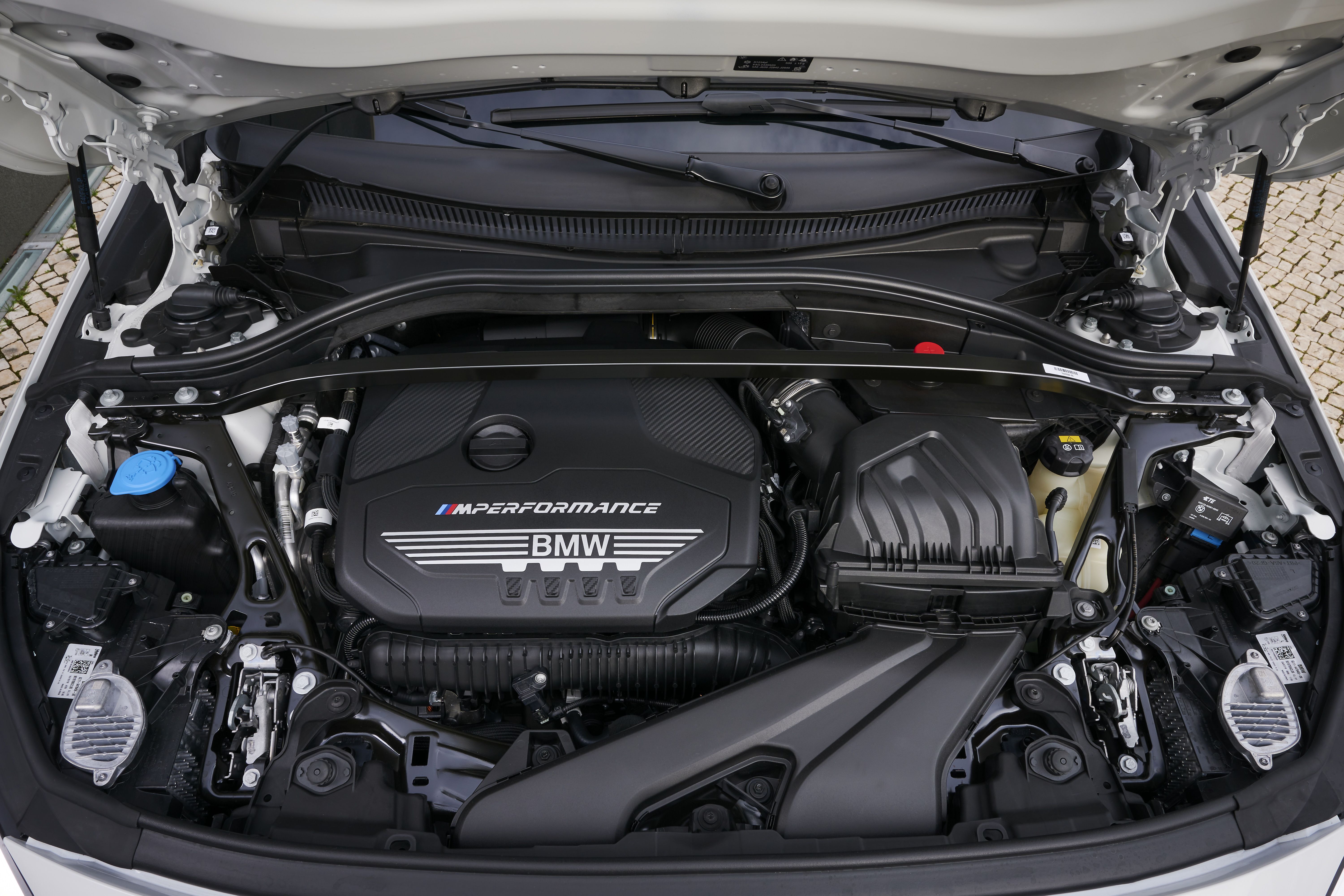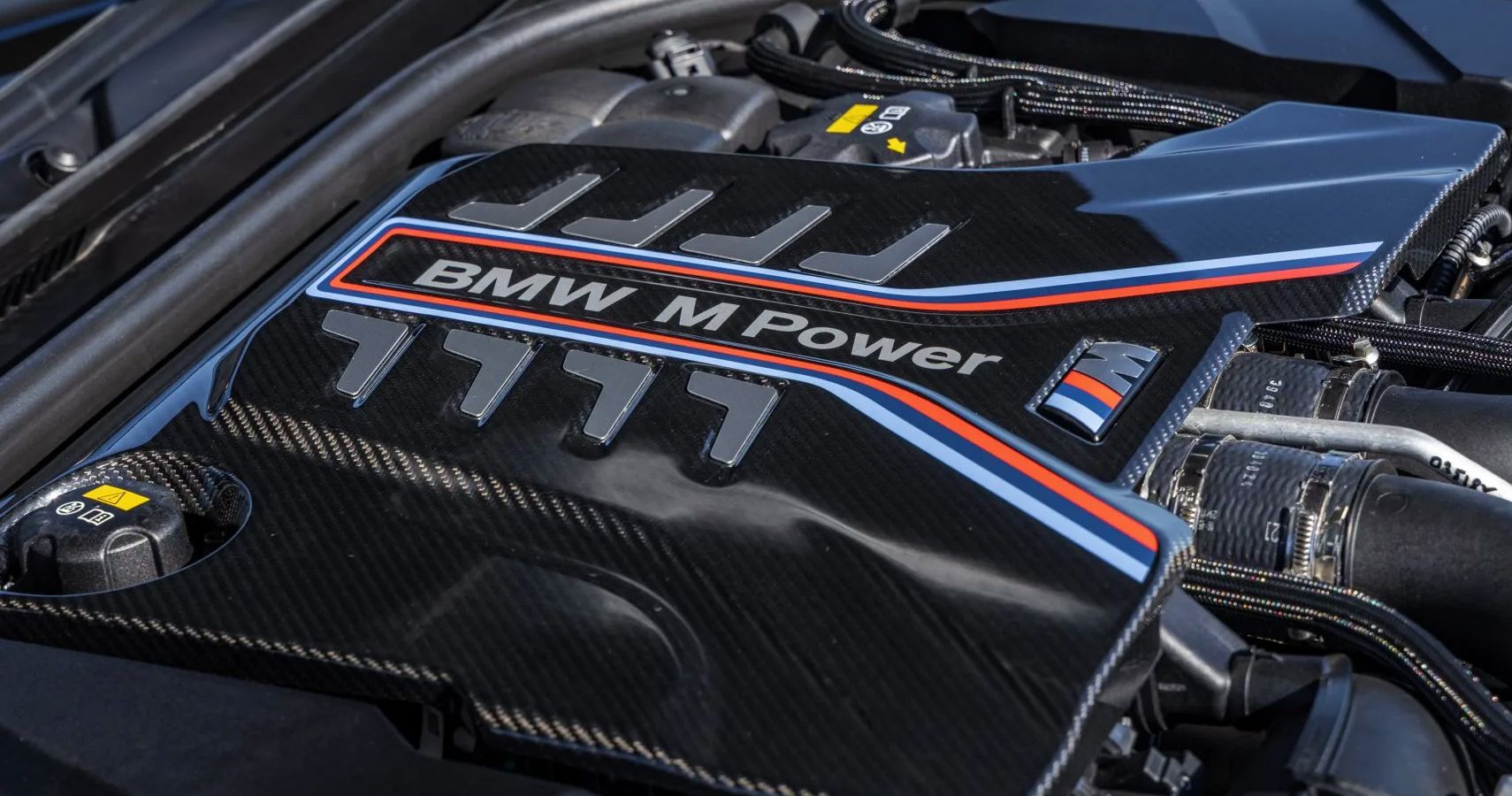Unveiling the Keys Behind the Power of the BMW Engine
Unveiling the Keys Behind the Power of the BMW Engine
Blog Article
Checking Out the Evolution of Combustion Engines in Modern Transportation Systems
As we navigate the landscape of modern transport, the evolution of burning engines stands as a testament to human resourcefulness and design expertise. The interaction of history, modern technology, and ecological issues in shaping the trajectory of burning engines produces a narrative that is both engaging and informative.
Early Beginnings of Combustion Engines
Exactly how did the concept of combustion engines first arise in the very early phases of transportation development? The roots of combustion engines can be mapped back to the 17th century when the concepts of interior combustion were first explored.
The innovation minute included the development of the very first effective gasoline-powered engine by Karl Benz in 1885 - bmw engine. This engine led the way for the growth of the modern-day vehicle, reinventing transportation systems worldwide. Succeeding innovations by Nikolaus Otto and Gottlieb Daimler further fine-tuned burning engine technology, bring about the mass manufacturing of autos and the rapid growth of the transport industry
These early burning engines were characterized by their simpleness and effectiveness, laying the foundation for the facility and powerful engines made use of in modern-day transport systems. The advancement of burning engines has been instrumental fit the way we take a trip and transport products, noting a considerable milestone in the history of transport development.
Shift to Internal Combustion Technology
The change to internal burning innovation marked an essential change in the advancement of transport systems. This shift started in the late 19th century, with innovators like Nikolaus Otto and Gottlieb Daimler establishing the first effective internal burning engines. These engines reinvented transport by supplying a more effective and effective choice to heavy steam engines and electric motors.
Among the essential benefits of inner burning engines was their ability to be reduced to match vehicles, resulting in the growth of cars and motorbikes. This shift from bulky, stationary engines to portable, mobile ones led the means for the modern-day transport systems we see today.
The shift to internal burning innovation likewise spurred developments in fuel modern technology, bring about the growth of gasoline and diesel as main fuel sources for cars. This change not only made transportation much more easily accessible to the masses however likewise laid the foundation for the oil and gas industry to come to be integral to international economic situations.
Impact of Combustion Engines on Transportation
The adoption of burning engines in transport systems catalyzed a profound shift in the effectiveness and rate of worldwide mobility. Burning engines transformed transport by giving a reliable and flexible source of power for numerous vehicles, including vehicles, vehicles, ships, and planes. This advancement dramatically boosted the capacity for people and goods to conform long distances in shorter time structures, bring about increased connection in between areas and countries.
In addition, the widespread use burning engines has had a considerable influence on economic advancement. The capability to move goods effectively has stimulated profession and commerce, enabling services to expand their markets and reach customers worldwide. This has promoted economic development and globalization, as items can currently be carried faster and in larger amounts than ever.
Nevertheless, the ecological influence of combustion engines can not web be ignored. The burning of fossil gas has resulted in air contamination and greenhouse gas emissions, adding to environment modification and positioning health and wellness risks to populations. bmw engine. Because of this, there is an expanding emphasis on creating different propulsion modern technologies to alleviate these negative results and produce a much more lasting future for transport
Innovations in Burning Engine Style
One significant advancement is the growth of turbocharged engines, which use exhaust gases to drive a wind turbine that compresses inbound air, allowing for even more fuel to be burned, resulting in boosted power result without a substantial rise in engine dimension. Variable shutoff timing systems have actually also revolutionized engine style by enhancing air movement at different engine speeds, enhancing both power and effectiveness. These advancements collectively add to the continuous enhancement of combustion engines in modern transport systems.
Future Fads in Burning Engine Growth
With innovation developments driving constant development, the future of burning engine advancement is poised to transform transport systems around the world. One of the vital patterns in combustion engine advancement is the push in the direction of higher efficiency and minimized exhausts.
An additional noticeable fad is the fostering of crossbreed innovations in burning engines. Hybrid engines combine typical burning technology with electrical power, using enhanced fuel effectiveness and reduced discharges. As the automotive market shifts towards electrification, hybrid burning engines are seen as a transitional solution that links the gap in between standard vehicles and fully electrical ones.
Additionally, the assimilation of clever modern technologies, such as expert system and data analytics, is anticipated to play a significant role in the future of burning engine growth. These modern technologies can maximize engine efficiency in real-time, resulting from this source in more reliable combustion procedures and enhanced general automobile efficiency. Welcoming these future fads will certainly not only drive technology in combustion engine advancement but likewise add to a much more sustainable and environmentally pleasant transport environment.

Conclusion
Finally, the development of combustion engines in modern-day transport systems has been noted by substantial innovations in technology and design. From the early beginnings of combustion engines to the change to internal combustion innovation, these engines have actually had a profound impact on transportation. Advancements in burning engine style remain to drive progress in this area, with future trends focusing on more improving effectiveness and decreasing exhausts. The future of burning engines in transportation looks promising as research and development initiatives proceed to press borders.
The roots of burning engines can be traced back to the 17th century when the principles of interior burning were first checked out. These engines transformed transport by using a much more effective and powerful option to steam engines and electrical motors.

Report this page